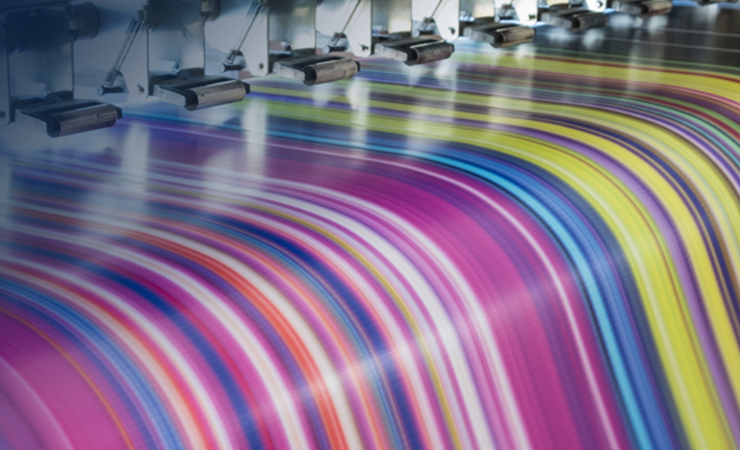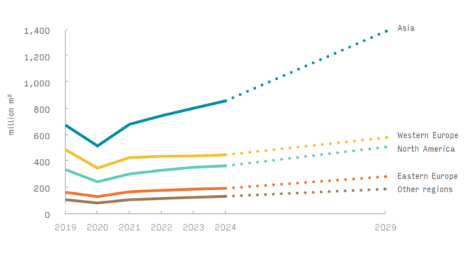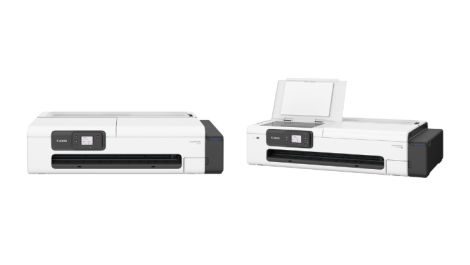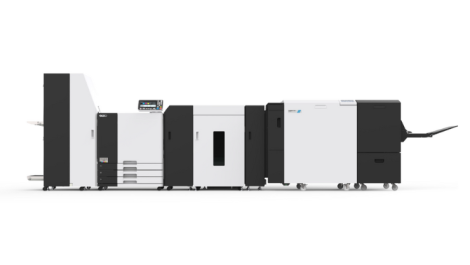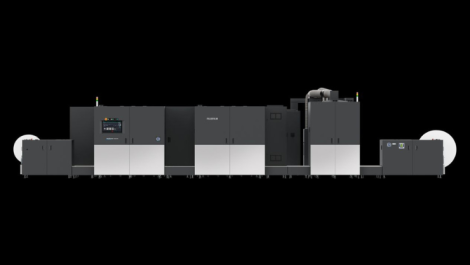Packaging, labels, books, and graphics all provide major growth opportunities for commercial inkjet printing, according to the latest data from Smithers. A host of the latest inkjet technologies will be on show when Drupa 2024 opens on 28 May, with new sales accelerating the industry transition to digital printing across multiple sectors.
Detailed data modelling in the latest Smithers market report – The Future of Inkjet Printing to 2029 – shows that in 2024 global sales from inkjet printing will reach $117.7 billion. Positive market conditions mean this is forecast to expand at a compound annual growth rate (CAGR) of +6.6% through to 2029. This will push overall market value to $162.1 billion in 2029, at constant pricing.
Across the same period, the volume of publications, graphics media, packaging and labels printed on inkjet will increase from 1.61 trillion A4 print equivalents to 2.29 trillion.
These increases contrast with the broader outlook for print, where output will be essentially flat across the remainder of the decade. Smithers expert analysis dissects the business and technology developments that will fuel this inkjet’s expansion across 21 separate end-use segments and six press formats.
Demand for print is changing in an ever more connected world, with consumers able to select their preferred media channels. This is driving run lengths down in multiple applications, where inkjet is much more cost efficient than conventional analogue printing.
As a digital technology, inkjet can interface more rapidly with online resources, such as web-to-print portals. Furthermore, inkjet can be integrated with conversion processes more readily than competing systems.
As the technology and new applications develop, print manufacturing workflows are increasingly being optimized for inkjet, making the process even more cost competitive. This is happening in book manufacture, for example, where web presses deliver book blocks in a single pass, with flexible finishing allowing formats and paginations to be varied at full press speed
Multiple machine innovations are delivering finished print products, labels, and packaging more efficiently – and inkjet is steadily increasing its share across all print and printed packaging. The process already has good penetration into advertising print, particularly for displays and signage, but this share will diminish as much of this work moves into electronic channels. The fastest growth across 2024-2029 will be in packaging, labels, and books.
As this occurs, the benefits of faster turnarounds, print-on-demand sales, and higher quality mean inkjet’s market share by value will remain well ahead of its volume share in nearly all applications.
Higher performance equipment is coming on stream, with on-press speeds and printhead resolution both set to double over the next five years, the economic crossover for inkjet against analogue is rising, and will continue to increase. And as its quality improves, inkjet has become more viable in a broader range of premium print applications.
